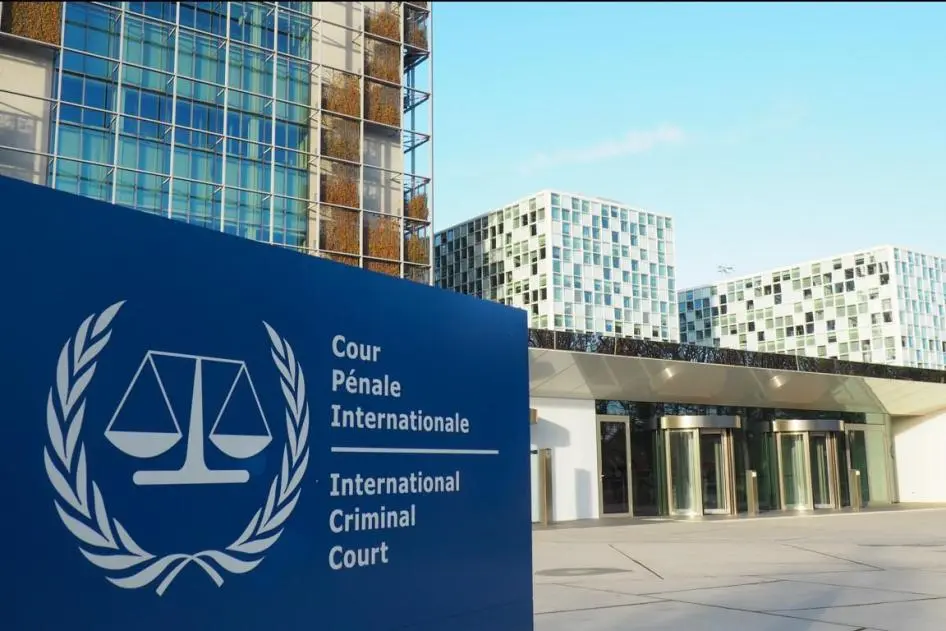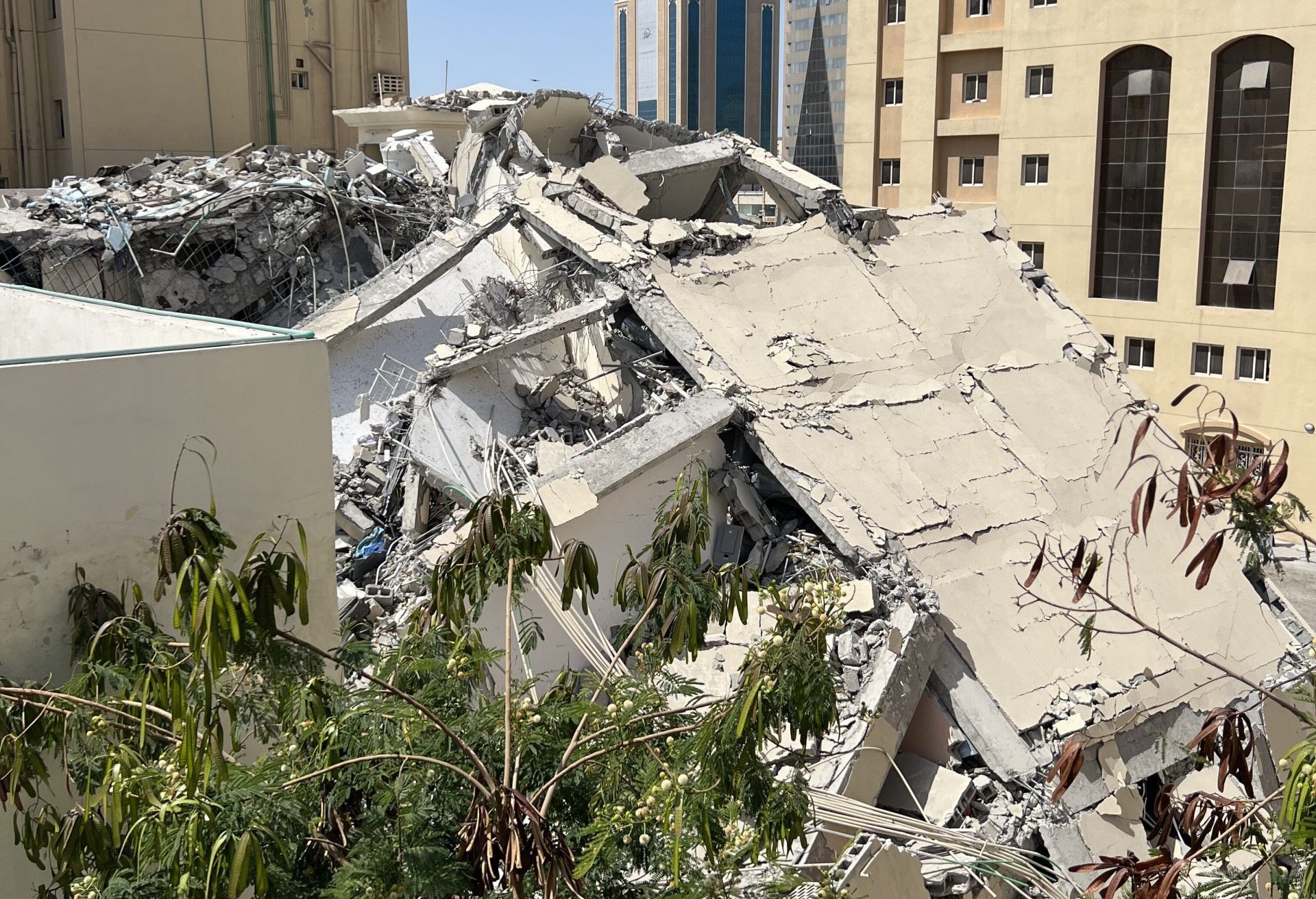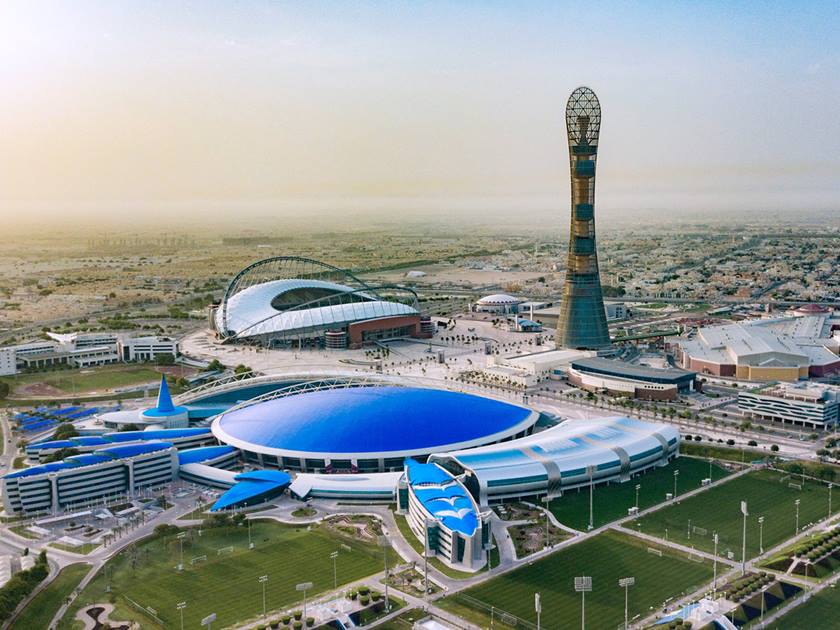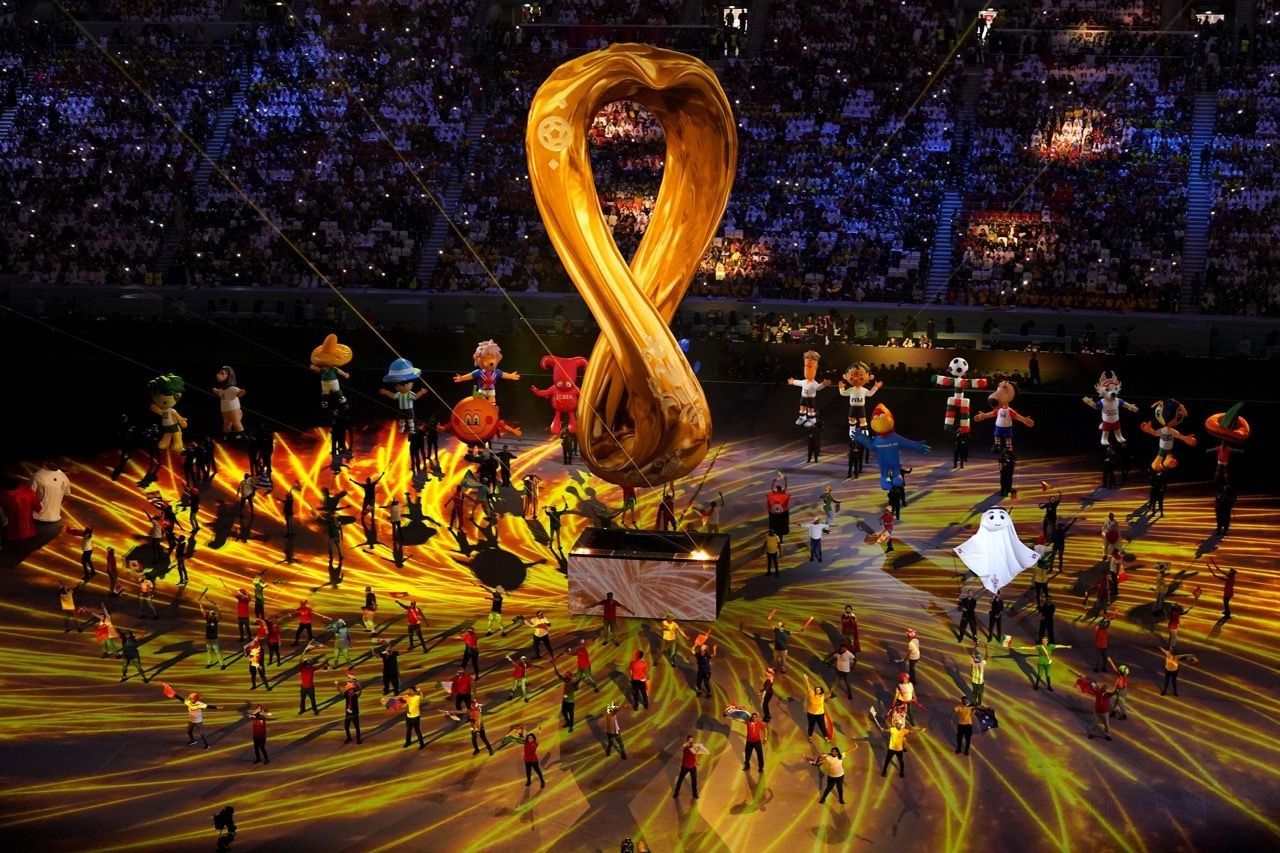
As construction on half a dozen 2022 World Cup stadiums gets underway in Qatar, local researchers have started 3D-printing models of the venues to see how they handle different temperatures.
The stadium components are being printed and assembled by scientists at Qatar University (QU)’s College of Engineering.
In a statement, World Cup organizers said the models are being run through a wind tunnel simulation to see how they respond to climate changes.

The goal is to ensure a comfortable stadium environment while being environmentally-friendly and cost-effective, the Supreme Committee for Delivery & Legacy (SCDL) added.
How it works
According to QU Engineering Prof. Dr. Saud Abdul Aziz Abdu Ghani, laser beams and analytic software track what happens when the models are run through the wind tunnel.
He continued:
“We can see the temperature per tier, add in variants such as sweat produced and amount of spectators, and then run the simulation and see the effect on the temperature inside the stadium.
For the cooling, we want a minimal amount of air to go in, and we want the air inside to stay there. We can change the direction and simulate different wind directions at this facility.”
So far, two stadiums – Al Bayt (Al Khor) and Al Wakrah – have been tested. A model of the upcoming Al Thumama Stadium is now being printed for testing, Abdu Ghani added.
Changes made
Over the past six months, data compiled by QU’s team has helped the SCDL better engineer its stadiums, Yasir Al Jamal, Vice Chairman – Technical Delivery Office said.
He added that in addition to aerodynamic modifications, the research has made it possible to reduce the amount of steel needed for the stadium roofs.
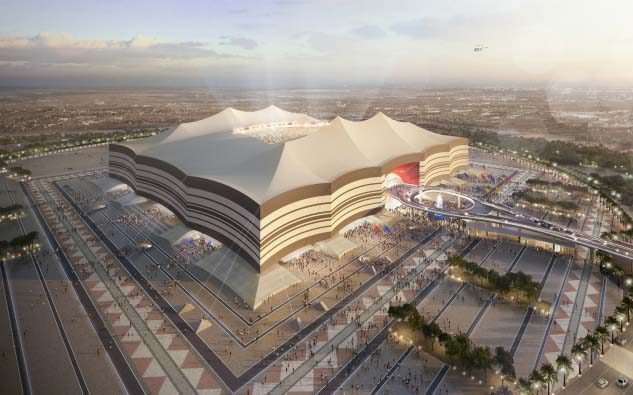
“(This) will reduce energy and capital costs, and reduces the effect on the environment. In effect we are minimising the effect on the environment, as well as the cost and the operational cost,” he said.
For their part, QU researchers such as Abdu Ghani said the wind tunnel was also recently used to test the design of an upcoming stadium in Brussels.
“In Qatar we need to keep the cold in the stadiums, but in Belgium the challenge was to keep the rain out. We had to look at different types of rain and see how the spectators would be able to remain dry at all times, including the wind factor,” he said.
He added that aerodynamics testing is “the future” of building design and the wind tunnel was helping Qatar leave its mark in this regard.
Thoughts?


